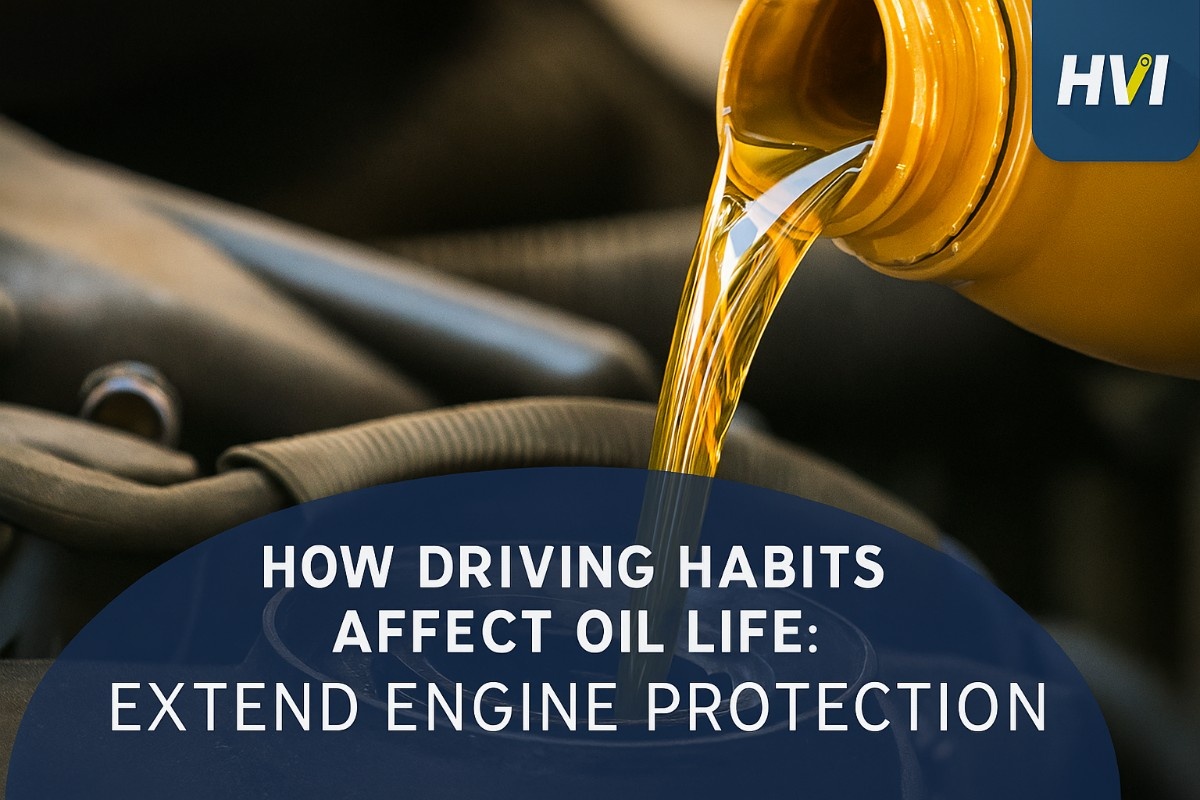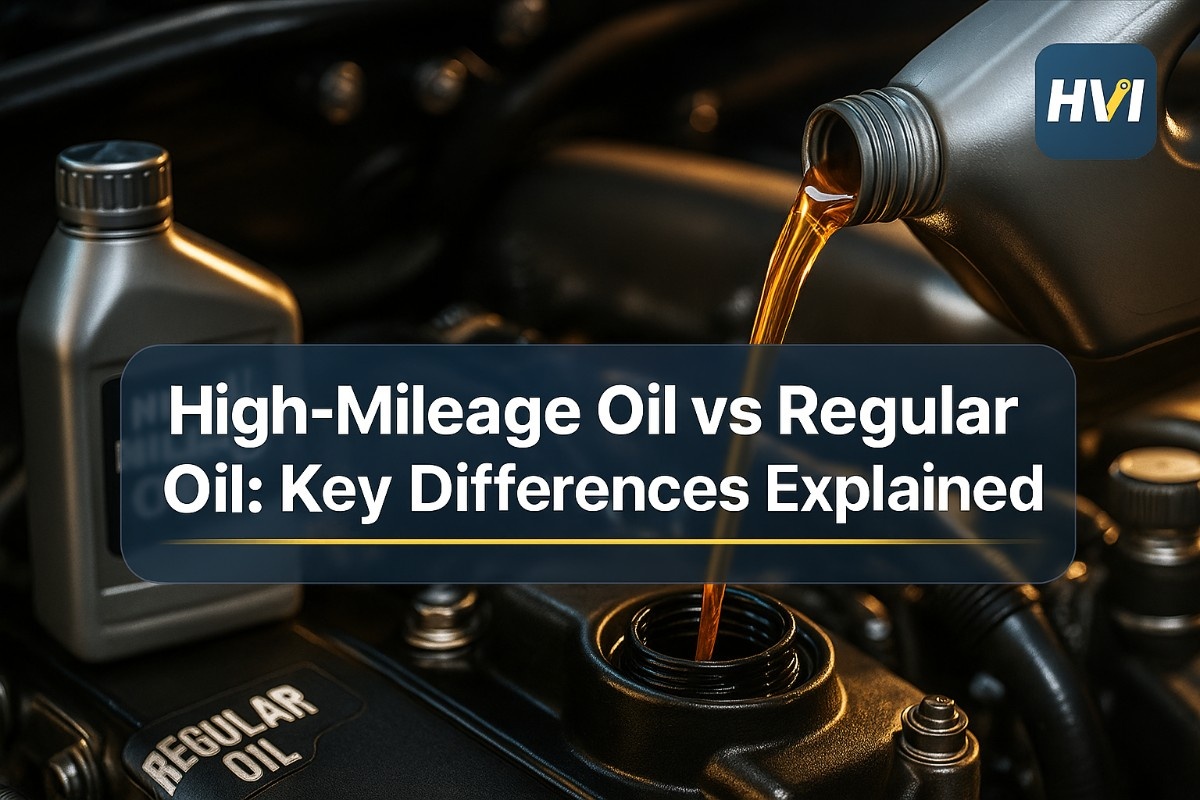Oil pressure drops signal potential engine damage that can escalate from minor issue to catastrophic failure within minutes—making rapid diagnosis critical for protecting your $5,000-$25,000 engine investment. Studies show 73% of major engine failures are preceded by oil pressure warnings that drivers either ignore or misdiagnose, resulting in $8,500 average repair costs that proper intervention could have prevented. Implement systematic pressure monitoring to catch problems early, because understanding why oil pressure drops—and acting quickly—separates a $50 repair from a complete engine replacement.
⚠️ Is Your Oil Pressure Light On Right Now?
Pull over safely and turn off the engine immediately
Wait 5 minutes for oil to drain back to pan
Check oil level on dipstick—add if low
Do NOT restart if level is adequate but light stays on—tow to shop
Driving with low oil pressure for even 30 seconds can cause bearing damage costing $3,000-$8,000 to repair.
Oil Pressure Problem Statistics
Prevent Costly Pressure Problems with Systematic Monitoring
Digital inspection systems catch pressure issues before they become emergencies.
Oil Pressure Warning Signs: What to Watch For
Recognizing oil pressure symptoms early enables intervention before damage occurs. These warning signs indicate developing problems requiring immediate attention—don't wait for the warning light.
Oil Pressure Warning Light
Dashboard light illuminates while driving—indicates pressure below safe minimum (typically under 10 PSI). Stop immediately.
Action: Pull over and shut off engine NOW
Knocking or Ticking Sounds
Metallic knocking from engine indicates bearing contact from oil starvation. Damage is occurring with every knock.
Action: Stop engine immediately—do not restart
Pressure Gauge Fluctuations
Gauge swings between normal and low readings, especially during turns or acceleration. Indicates intermittent oil supply issues.
Action: Check oil level immediately, diagnose within 24 hours
Low Pressure at Idle
Gauge drops below 20 PSI at idle but recovers when accelerating. Often indicates worn bearings or weak oil pump.
Action: Diagnose within 1-2 days, avoid extended idling
Gradual Pressure Decline
Normal readings slowly decreasing over weeks/months. Indicates progressive wear or developing oil system issues.
Action: Schedule diagnostic within 1-2 weeks
Pressure Drop When Hot
Normal pressure when cold, drops significantly after warming up. May indicate thinning oil or worn components.
Action: Check oil condition, consider viscosity change
Common Causes of Oil Pressure Drops (Ranked by Frequency)
Understanding the most likely causes helps prioritize diagnosis and avoid unnecessary repairs. These causes are ranked by how frequently they occur in real-world troubleshooting, from most common to least common. For fleet-wide pressure monitoring, explore our digital inspection platform.
Low Oil Level
45% of casesOil consumption, leaks, or missed top-offs leave insufficient oil for the pump to maintain pressure. The most common and easily fixable cause.
Check dipstick level—oil should be between MIN and MAX marks. Inspect under vehicle for fresh oil spots.
Add correct oil to proper level. Cost: $5-20 for oil. If level drops quickly, find and repair leak source.
Faulty Oil Pressure Sensor
20% of casesElectrical sensors fail over time, sending false low-pressure readings. The warning light comes on despite adequate actual pressure.
Install mechanical gauge to verify actual pressure. If mechanical gauge shows normal (25-65 PSI), sensor is faulty.
Replace oil pressure sensor/sending unit. Cost: $50-150 parts, $50-100 labor. Total: $100-250.
Wrong Oil Viscosity
12% of casesOil too thin for engine (wrong viscosity or breakdown from extended intervals) cannot maintain pressure, especially when hot.
Verify correct oil was used. Check for fuel dilution (gas smell in oil). Note if pressure drops only when engine is hot.
Drain and refill with manufacturer-specified viscosity. Cost: $50-100 for oil change. Address fuel dilution source if present.
Clogged Oil Filter
8% of casesSeverely clogged filter restricts oil flow. Bypass valve may stick closed, or filter wasn't changed during oil service.
Check service history—when was filter last changed? Remove and inspect filter for excessive debris or collapsed element.
Replace oil filter (and oil). Cost: $30-75 for filter and oil. Always change filter with every oil change.
Worn Engine Bearings
7% of casesMain and rod bearings wear over high mileage, increasing clearances. Larger gaps allow oil to escape faster than pump can supply.
Low pressure especially at idle, knocking sounds, high mileage (200K+). Oil analysis shows elevated copper/lead/aluminum.
Bearing replacement requires engine disassembly. Cost: $2,500-5,000 for bearing job, or engine replacement if severe.
Failing Oil Pump
5% of casesPump gears or rotors wear, reducing pumping efficiency. Pressure relief valve may stick open, bypassing oil back to pan.
Verify oil level and viscosity are correct. Mechanical gauge shows low pressure across all RPMs. Pump inspection required.
Replace oil pump. Cost: $400-800 parts and labor on most engines. May require timing cover or oil pan removal.
Clogged Oil Pickup Screen
2% of casesSludge or debris accumulates on pickup tube screen in oil pan, restricting oil supply to pump despite adequate oil level.
Oil level adequate but pressure still low. History of extended oil changes or contamination. Requires pan removal to inspect.
Remove oil pan, clean or replace pickup tube/screen. Cost: $300-600 including gasket and labor.
Internal Oil Leaks
1% of casesCracked oil galleries, failed gaskets, or damaged seals allow pressurized oil to bypass lubrication system internally.
No external leaks visible but oil consumption high. Pressure low despite other components testing normal. Requires teardown.
Repair depends on leak location. Can range from $500 gasket repair to $3,000+ for internal gallery repair.
Track Pressure Trends Before Problems Become Emergencies
Systematic monitoring catches gradual pressure declines that indicate developing issues.
Diagnostic Flowchart: Finding Your Pressure Problem
Follow this systematic approach to identify the cause of your oil pressure drop efficiently, starting with the most common and easiest-to-check causes first.
Start: Oil Pressure Low
Warning light on or gauge reading below normal
Step 1: Check Oil Level
Is oil between MIN and MAX on dipstick?
Step 2: Check Oil Condition
Is oil correct viscosity? Does it smell like fuel? Is it very dark/thick?
Step 3: Verify Actual Pressure
Install mechanical gauge—what does it read at idle and 2000 RPM?
Step 4: Check Filter & Pickup
When was filter last changed? Any sludge history?
Step 5: Professional Diagnosis Required
Issue likely involves oil pump, bearings, or internal leaks. Requires:
- Oil pump pressure test
- Oil analysis for wear metals
- Potential engine teardown inspection
Normal Oil Pressure Ranges by Condition
Understanding normal pressure ranges helps identify problems before warning lights illuminate. Pressure varies by engine design, but these ranges apply to most vehicles.
| Condition | Normal Range | Concern Level | Action Required |
|---|---|---|---|
| Cold Start | 50-80 PSI | Normal | None—pressure drops as oil warms |
| Warm Idle | 25-40 PSI | Normal | Monitor for changes over time |
| Cruising (2000-3000 RPM) | 40-65 PSI | Normal | Optimal operating range |
| Warm Idle Below 20 PSI | Below normal | Warning | Diagnose within 24-48 hours |
| Warm Idle Below 10 PSI | Critically low | Critical | Do not drive—immediate service |
| Pressure Light On | Below 5-10 PSI | Emergency | Stop immediately—tow to shop |
How to Fix Oil Pressure Problems: Cost Guide
Repair costs vary significantly based on the cause. Here's what to expect for each common fix, helping you budget and prioritize repairs. Track maintenance costs across your fleet with digital inspection management.
Low-Cost Fixes
- Add oil to correct level: $5-20
- Oil and filter change: $30-100
- Fix minor external leak: $50-100
45-55% of pressure problems solved here
Moderate Repairs
- Oil pressure sensor: $100-250
- PCV valve repair: $100-200
- Oil pickup screen cleaning: $300-500
25-30% of pressure problems in this range
Major Repairs
- Oil pump replacement: $400-800
- Timing chain/oil pump drive: $800-1,500
- Major seal replacement: $500-1,200
10-15% of pressure problems require this level
Engine Overhaul/Replacement
- Bearing replacement: $2,500-5,000
- Engine rebuild: $3,500-7,000
- Engine replacement: $5,000-15,000
5-10% of ignored problems end here
Cost Prevention Reality
Addressing a $100 sensor problem immediately prevents the $5,000+ bearing damage that results from driving with actual (or assumed) low pressure. The average repair cost multiplies 50x when pressure warnings are ignored for even a few days.
Prevention: How to Avoid Oil Pressure Problems
Check Oil Level Regularly
Check every 1,000 miles or weekly. Low oil is the #1 cause of pressure drops. Add oil promptly when low—don't wait for the next service.
Follow Oil Change Intervals
Degraded oil loses viscosity and can't maintain pressure. Never exceed manufacturer intervals, especially in severe service conditions.
Use Correct Viscosity
Always use manufacturer-specified viscosity. Too thin won't maintain pressure; too thick won't flow properly at startup.
Address Leaks Promptly
Small leaks become big problems. Fix leaks early before they drain oil level to dangerous lows between checks.
Monitor Pressure Trends
Note normal pressure readings. Gradual decline over months indicates developing issues requiring attention before failure.
Don't Ignore Warning Signs
Flickering oil light, new engine noises, or gauge fluctuations demand immediate investigation—not "wait and see."
Systematic Prevention Beats Emergency Repairs Every Time
Digital inspection protocols ensure pressure monitoring happens consistently.
When to Seek Professional Help
Some pressure problems require professional diagnosis and repair. Know when DIY investigation should stop and expert help should begin.
Seek Help Immediately
- Oil pressure light stays on after adding oil
- Knocking or ticking sounds from engine
- Mechanical gauge confirms low pressure
- Smoke from engine compartment
- Oil spraying from engine
Schedule Within 1-2 Days
- Pressure low at idle but recovers at RPM
- Pressure fluctuates during normal driving
- Gradual pressure decline over weeks
- Oil consumption exceeding 1 qt/1,000 miles
- Sensor replacement didn't fix warning light
Safe for DIY Investigation
- Checking and adding oil
- Visual leak inspection
- Oil and filter change
- Installing mechanical test gauge
- Replacing accessible sensors
Protect Your Engines with Systematic Pressure Monitoring
Catch pressure problems early across your entire fleet with digital inspection tracking.



